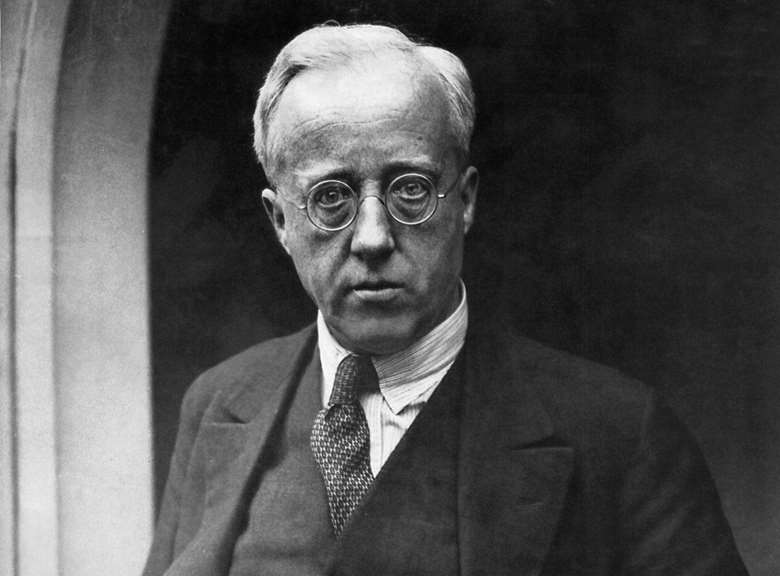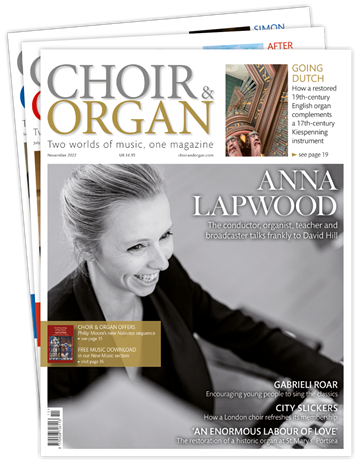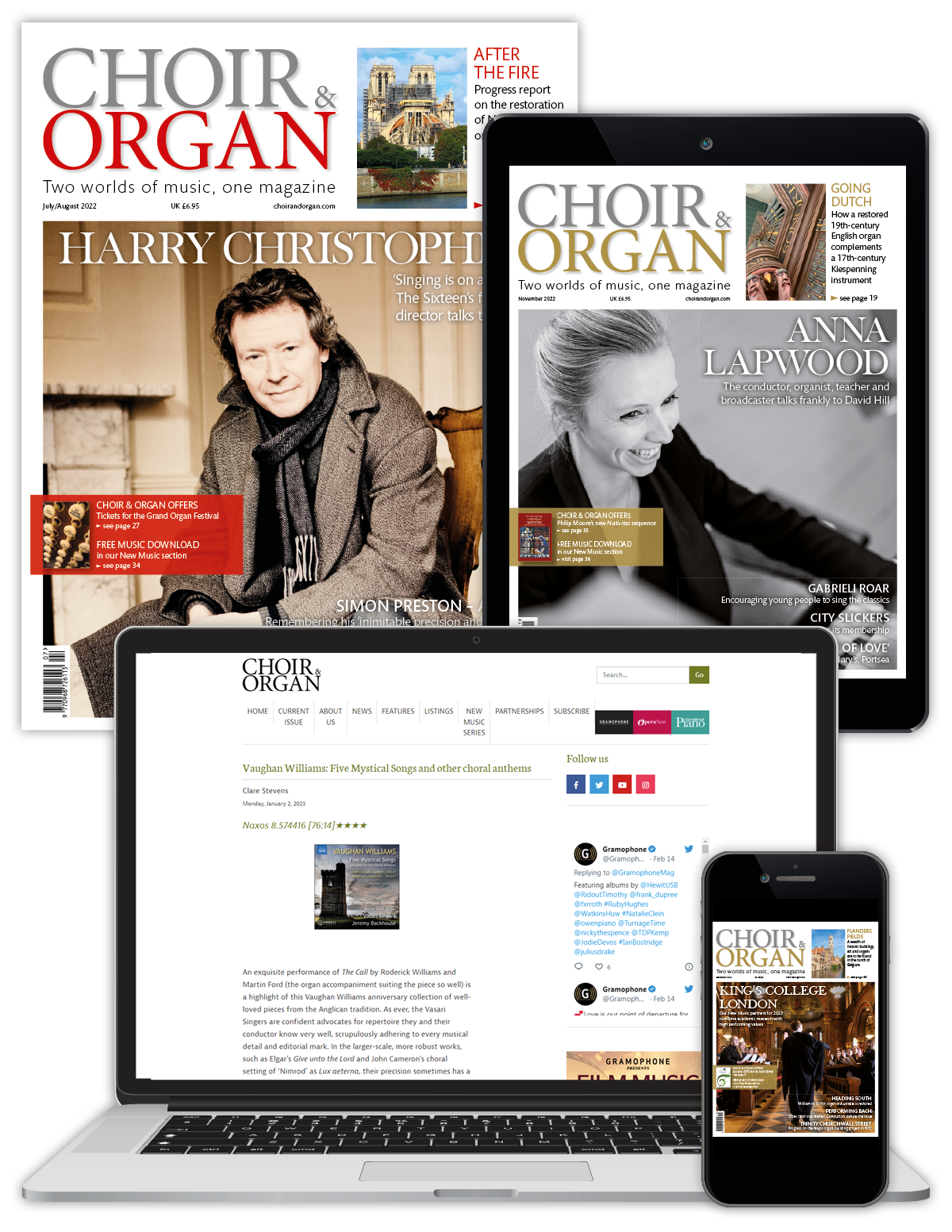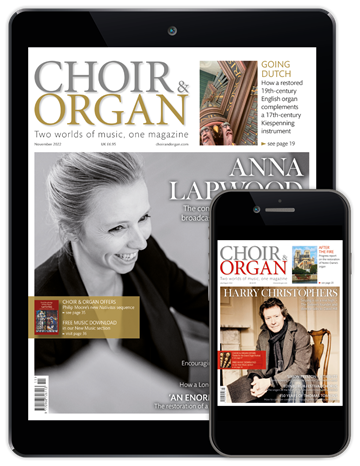Gustav Holst at 150: a different planet
David Wordsworth
Friday, May 10, 2024
Surveying composer Gustav Holst’s choral works at 150 years since his birth, David Wordsworth looks at the composer’s interest in world music, poetry and his friendship with Vaughan Williams

Register now to continue reading
This article is from Choir & Organ. Don’t miss out on our dedicated coverage of the choir and organ worlds. Register today to enjoy the following benefits:
- Free access to 3 subscriber-only articles per month
- Newly-commissioned sheet music to download from our New Music series
- Unlimited access to Choir & Organ's news pages
- Monthly newsletter






